There can be your advertisement
300x150
Tragic Ending: How the Owner of a Luxurious Mansion, Alexei Morozov, Died Without Money for Transportation
The story of a man who was devoted to his work until the very end
The history of Russia is full of amazing rises and tragic falls. One such story is the fate of Alexei Vykulovich Morozov, a member of the famous dynasty of textile magnates. Recently, we released a video in which we explored his amazing mansion on Podzosensky Lane together with Katerina Polyakova, an art historian and co-founder of the project "Cities & People." As we delved into the history of this house, we discovered not only its architectural features but also the dramatic fate of its owner.
Key points from the article:
Alexei Morozov came from a family that was among the five richest in Russia at the beginning of the 20th century;
He was not only a businessman but also a passionate collector who assembled more than 2,500 exhibits of Russian ceramics;
After the 1917 Revolution, Morozov stayed in Russia, refusing to emigrate;
He continued working as a keeper of his collection, which was nationalized by the state;
In the final years of his life, Morozov was so impoverished that he couldn't afford public transportation;
After catching a cold while walking to work, he fell ill and died shortly after.
Who Was Alexei Morozov: From the Textile Empire to Museum Treasures
Alexei Vykulovich Morozov belonged to the fourth generation of the famous merchant dynasty. His great-grandfather, Savva Vasilyevich Morozov, started as a serf peasant who managed to buy his freedom and that of his family for an unprecedented sum of 50,000 rubles at the time (a gardener's monthly salary was only 9 rubles).
By the beginning of the 20th century, the Morozovs owned the largest textile factories in Orekhovo-Zuevo and were among the five wealthiest families in Russia according to Forbes magazine. Their wealth was estimated in millions of rubles—equivalent to billions of dollars today.
Alexei Morozov, unlike many of his relatives, was not actively involved in managing the family business. His passion was collecting and studying art. He dedicated his life to assembling Russian ceramics and porcelain.
As Katerina Polyakova notes: "Alexei Vykulovich set himself a grand task—he wanted to collect all Russian ceramics from the time when Elizabeth Petrovna opened her factory, which is now the Imperial Porcelain Factory. His collection contained more than 2,500 ceramic exhibits, from Gardner's factory to Gzheli."
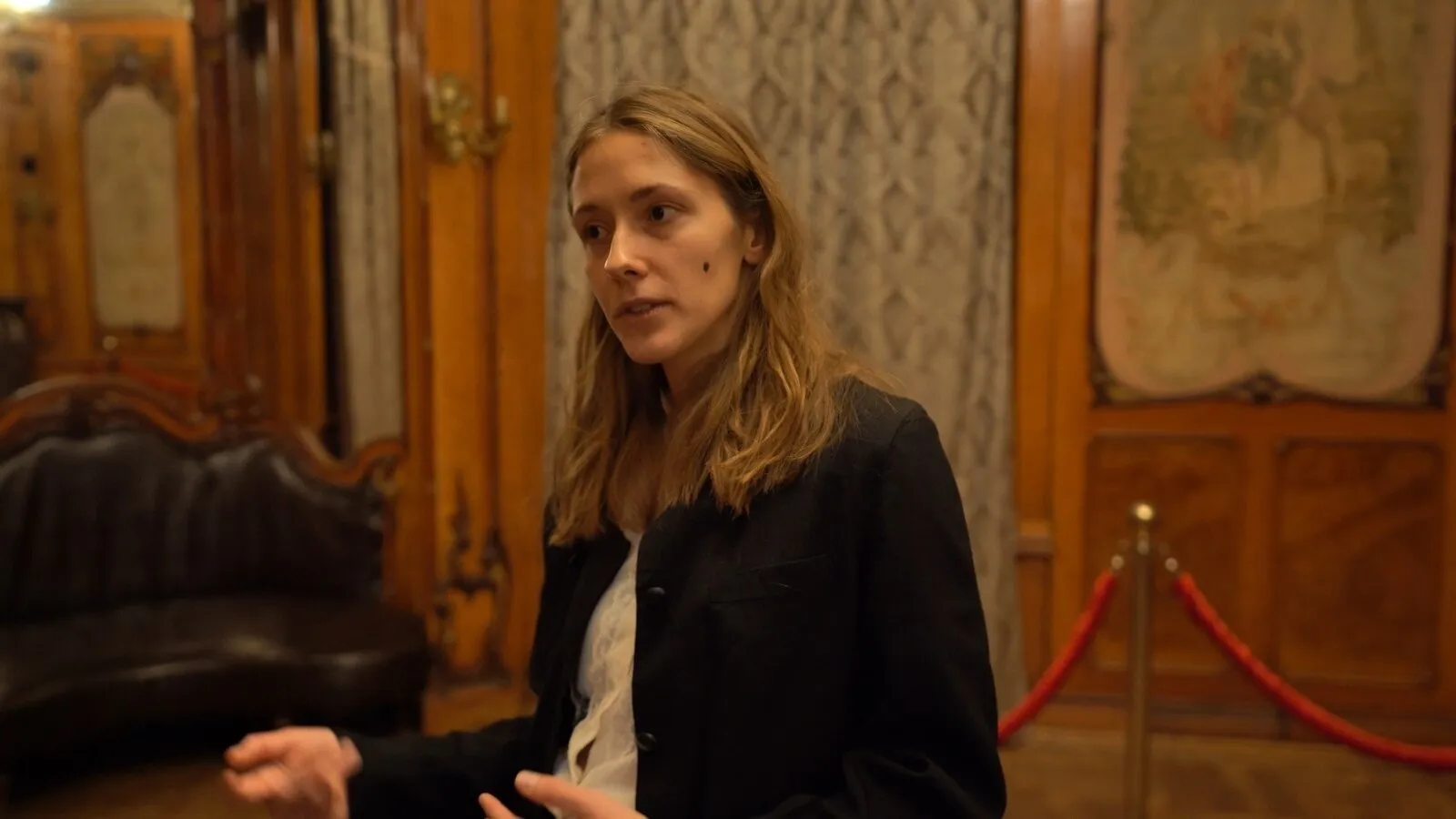

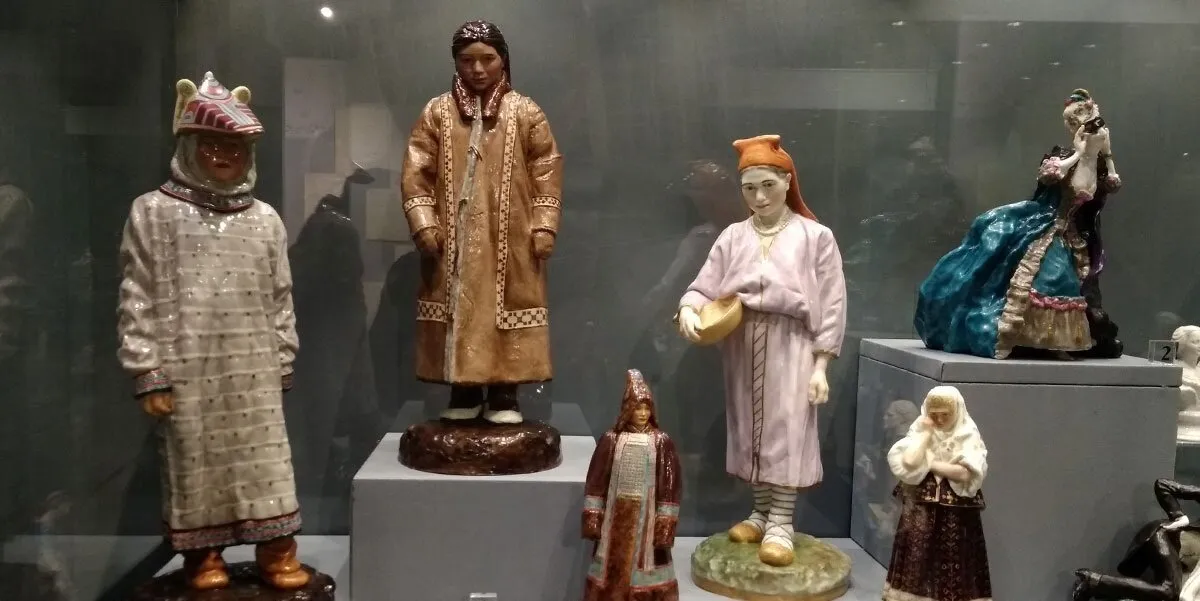 Photo: pinterest.com
Photo: pinterest.com
The Mansion That Became a Museum and Then a Communal Apartment
Alexei Morozov's mansion on Podzosensky Lane was not just a residential building but a true temple of art. The structure, now over 250 years old, was rebuilt in the early 20th century by the famous architect Fedor Shechtel.
Everything about this house is impressive: Egyptian motifs in the entrance hall, Gothic elements on the staircase, stained glass windows, original furniture designed by Shechtel, and paintings by Rubinstein. There was even a special skylight that passed through two floors to illuminate Morozov's library—a technological solution remarkably progressive for its time.
But the most distinctive feature of the house were the exhibition halls where Alexei Vykulovich kept his collection of porcelain and ceramics. Thousands of unique exhibits were displayed in special showcases, which the owner not only collected but also carefully studied. He wrote a multi-volume work on the history of Russian porcelain, which is still considered one of the fundamental studies in this field.
An interesting fact: Although a Old Believer, Alexei Morozov set up a secret prayer room in his mansion where his community gathered. This combination of strict religiosity and fascination with Western art and Gothic elements creates a fascinating psychological portrait of this man.
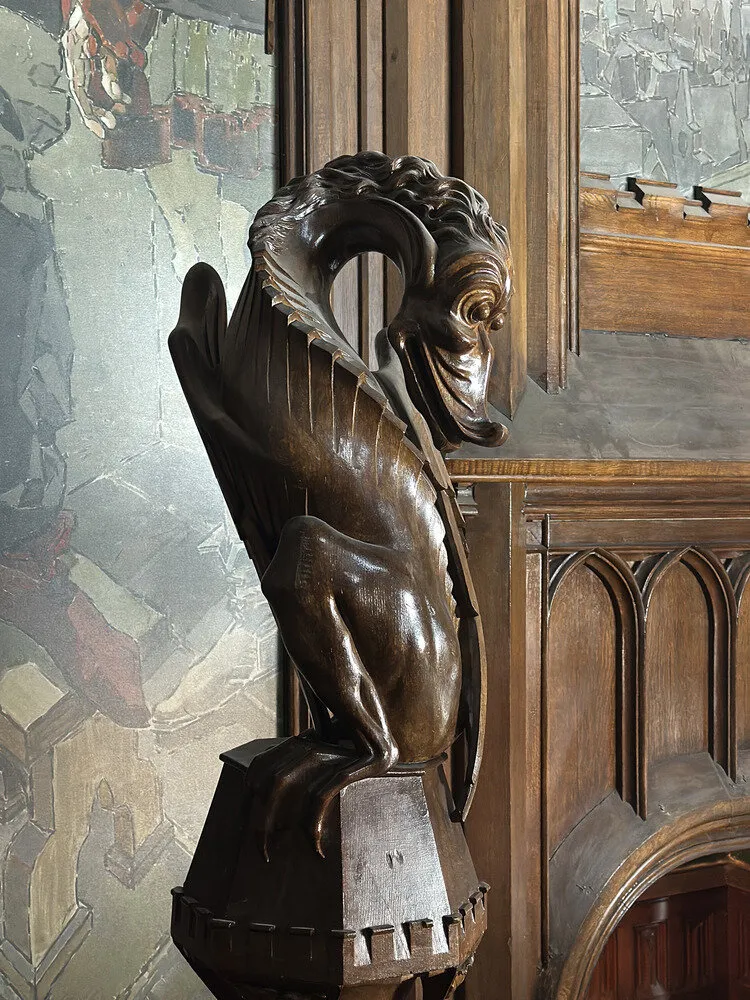
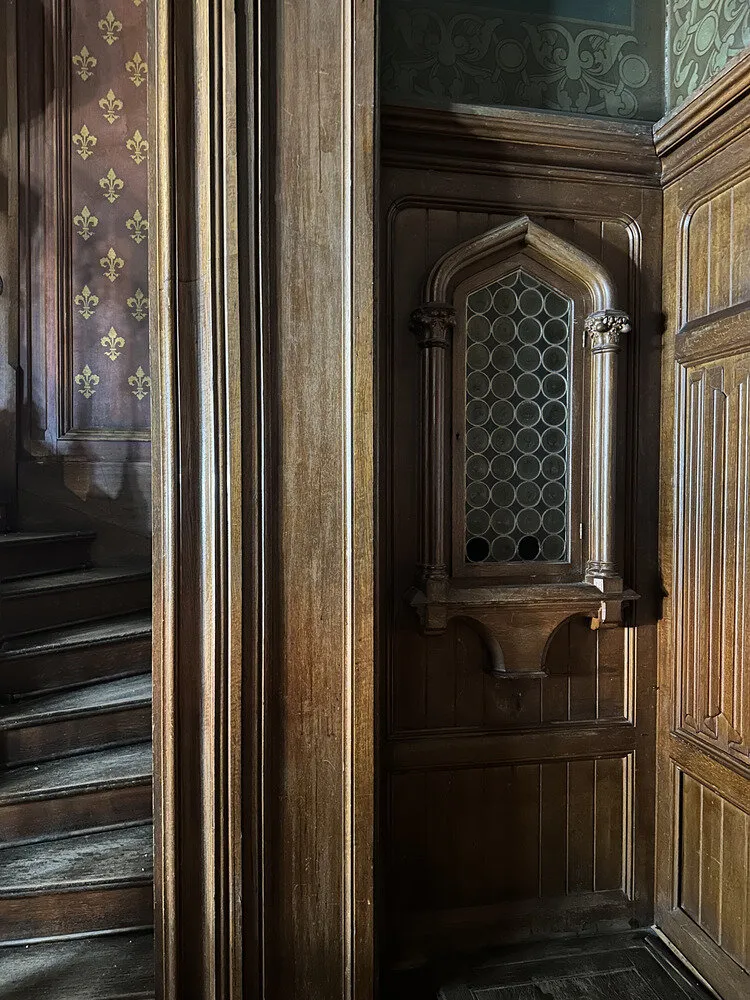
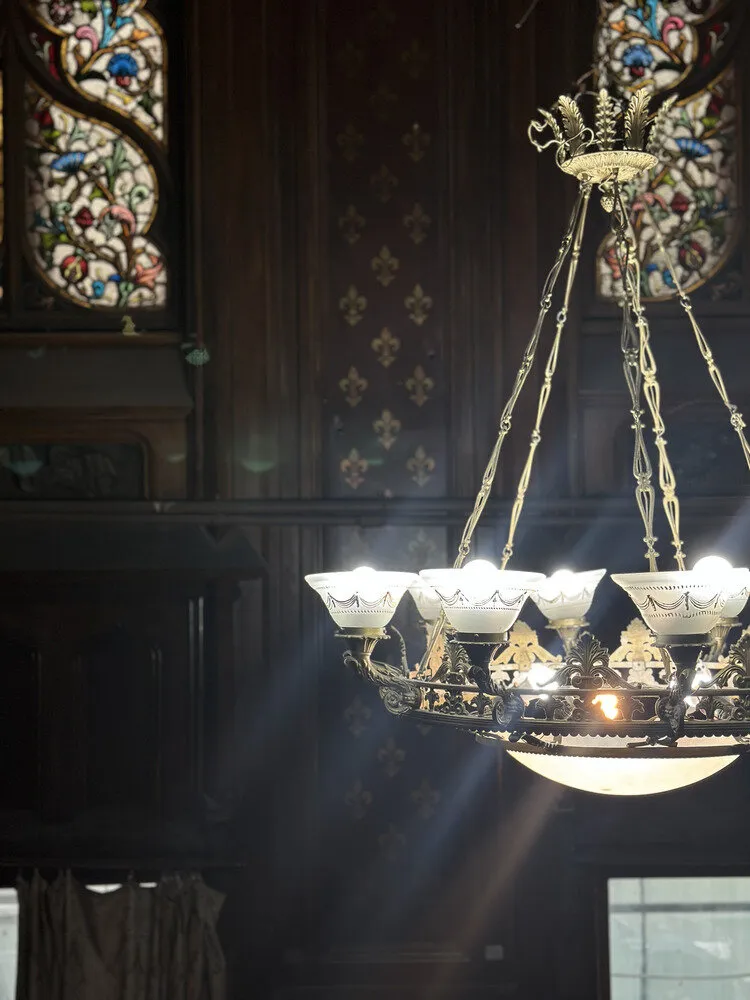
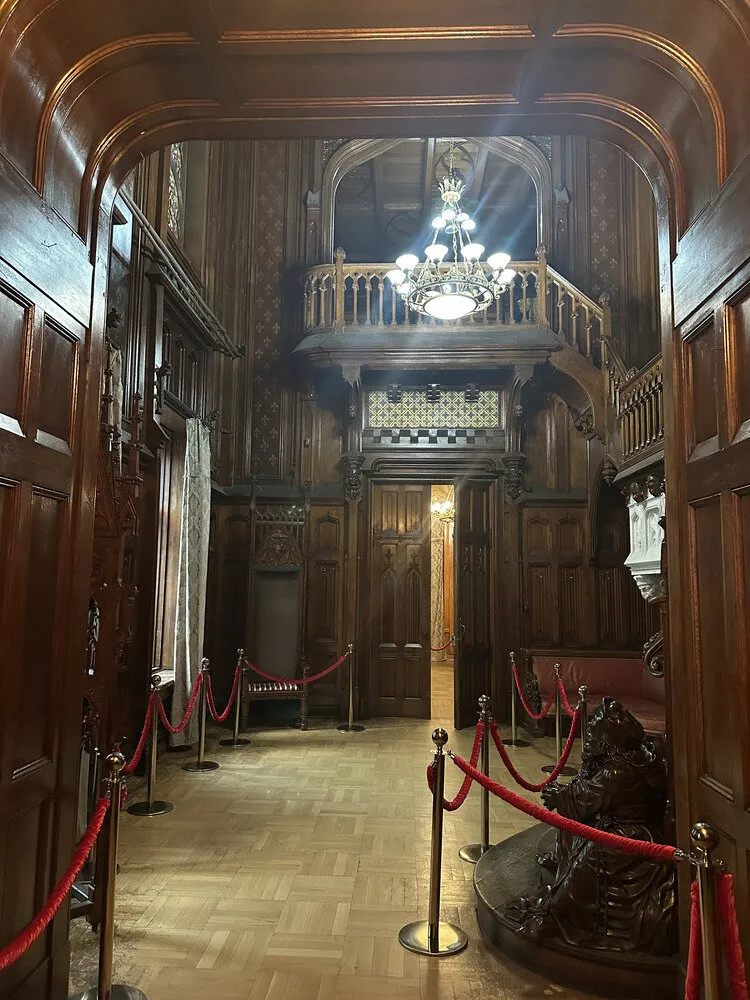
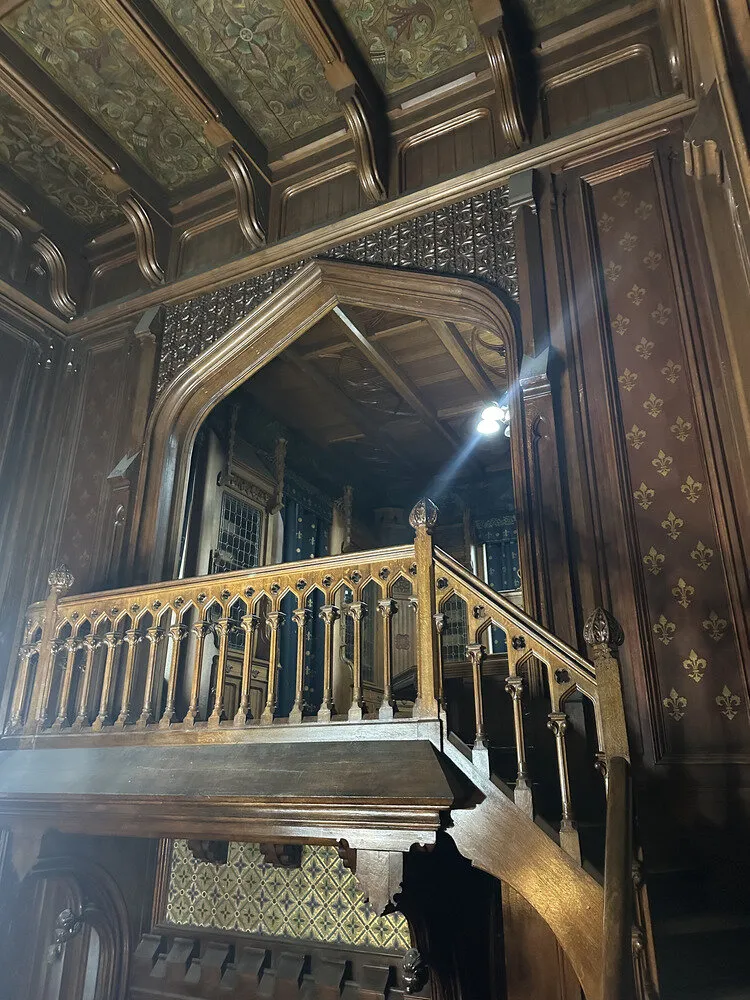

From Revolution to Tragedy: The Final Years of His Life
The 1917 Revolution overturned the lives of the Russian elite. Many industrialists and aristocrats hurriedly left the country, saving their lives and what they could carry from their property. But Alexei Morozov, unlike many others, stayed.
The reason was simple and noble—he could not abandon his collection, the work of his entire life. When his mansion was nationalized, he was left with only two rooms out of dozens that once belonged to him. The rest of the house was turned into communal apartments, housing dozens of families.
His unique collection of ceramics was moved to the Kuskovo Museum Estate, where it remains today—even though it is no longer labeled as the "Morozov Collection." Alexei Vykulovich did not object to this—he just wanted the collection preserved. Moreover, he continued working with it, becoming a keeper and researcher in the state museum.
According to Katerina Polyakova: "It happened quite tragically because Alexei Vykulovich kept this collection here, didn't leave or abandon it. In the 1920s, he was evicted to communal housing, and the collection was taken to Kuskovo, merged with others... And he walked to work on foot, and in the end, he died because he caught a cold. He had no money to afford public transportation."
 Photo: Pastvu.ru
Photo: Pastvu.ru
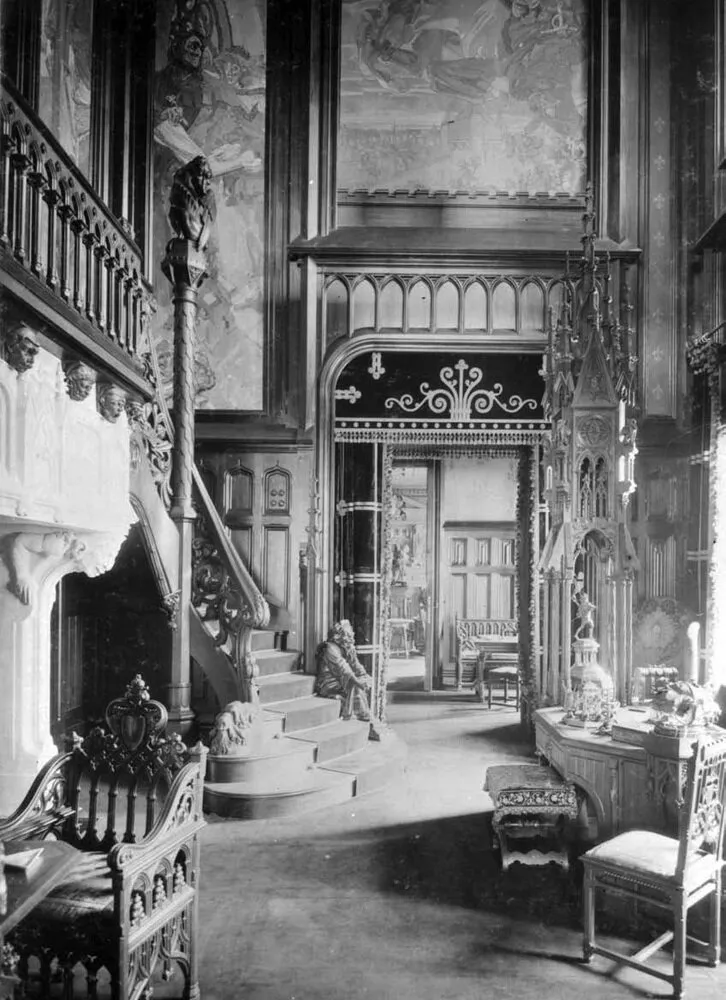 Photo: Pastvu.ru
Photo: Pastvu.ru
The Last Cold of a Millionaire
The contrast between Morozov's past life and his situation in the Soviet era was striking. A man whose family owned millions, whose mansion was adorned with artworks worth a fortune, could not afford a tram ticket.
Every day he walked the distance from his former mansion to the museum where he worked. In Moscow's terms, it was not a short journey, especially for an older man. On one cold day, he caught a serious cold, and this seemingly ordinary illness became fatal for him. Weakened by years of deprivation, his body could not fight the illness, and Alexei Vykulovich Morozov died.
This happened in 1934, when he was 76 years old. He survived the revolution, the Civil War, the New Economic Policy (NЭP), and the first five-year plan, but could not survive a common cold—partly because he had to walk on foot even in bad weather.
Historical irony or a pattern?
There is something symbolic and deeply ironic in Alexei Morozov’s fate. His great-grandfather, a serf peasant, walked to Moscow to sell his fabrics and save money for freedom. A century later, his great-grandson—a millionaire—was once again forced to walk on foot in old age because he couldn’t afford transportation.
The story of the Morozov family completed a full circle: from poverty—wealth—and back to poverty. But in this circle, there is an important difference: while the great-grandfather was materially poor but spiritually free (he dreamed and planned for the future), his great-grandson, stripped of material prosperity, retained his spiritual freedom through serving art and his collection.
The Morozov Mansion on Podzosensky Lane is now owned by the House of Nationalities of Russia and is currently undergoing restoration. Soon, it will open its doors once again to visitors, and we will be able to see the interiors where a man of an extraordinary fate once lived—Alexei Vykulovich Morozov.
His life and death remind us of the capriciousness of fate and that true values are not in material wealth, but in dedication to one's calling and the work to which a person devotes their life.
Full video of the Morozov Estate:
Cover: Pastvu.ru
More articles:
 Smart Storage Organization: Systems That Actually Work
Smart Storage Organization: Systems That Actually Work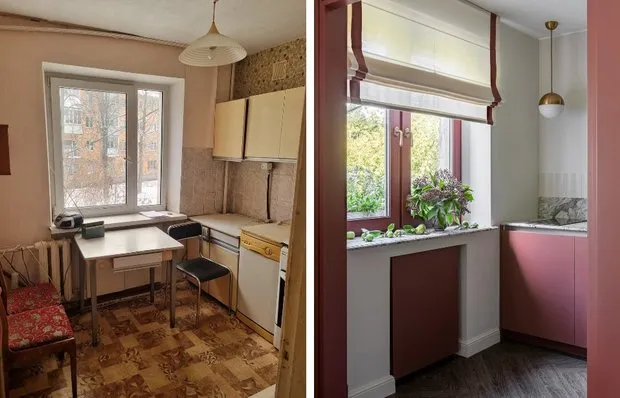 Before and After: Bold Kitchen Interior in a Khrushchyovka
Before and After: Bold Kitchen Interior in a Khrushchyovka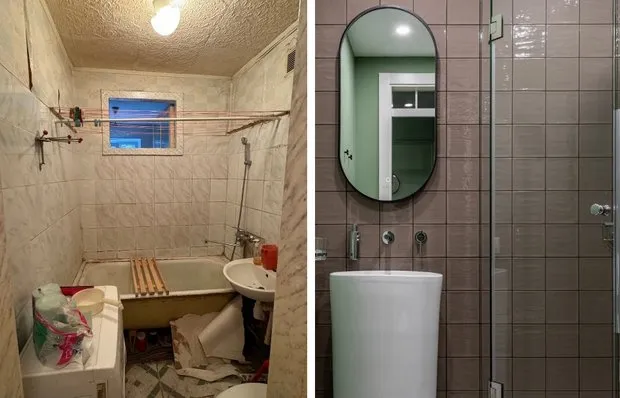 How a Micro Bathroom in a 44 m² Housing Unit Was Transformed: Before and After Photos
How a Micro Bathroom in a 44 m² Housing Unit Was Transformed: Before and After Photos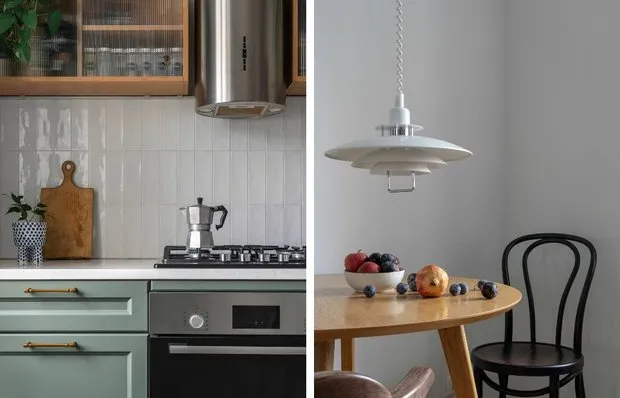 How an Architect Transformed a Kitchen in a Stalin-era 50 m² Apartment for Herself
How an Architect Transformed a Kitchen in a Stalin-era 50 m² Apartment for Herself 20 practical ways to update your interior without renovation and big expenses
20 practical ways to update your interior without renovation and big expenses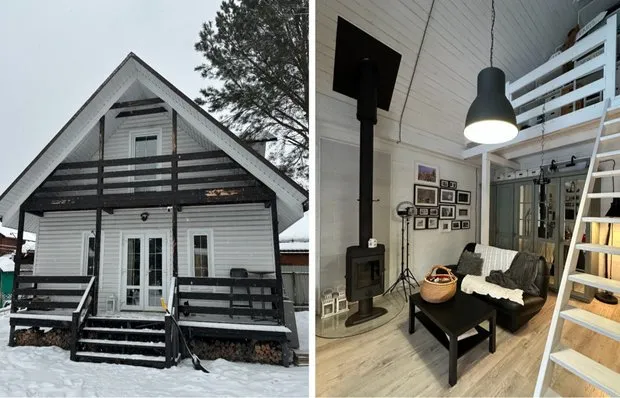 How They Designed a Cozy 53 m² Cottage with a 'Birdhouse' Loft Without a Designer
How They Designed a Cozy 53 m² Cottage with a 'Birdhouse' Loft Without a Designer Living in St. Petersburg: How Modern Residential Complexes Set New Comfort Standards
Living in St. Petersburg: How Modern Residential Complexes Set New Comfort Standards Repair Without a Designer: 4 Inspiring Interiors
Repair Without a Designer: 4 Inspiring Interiors